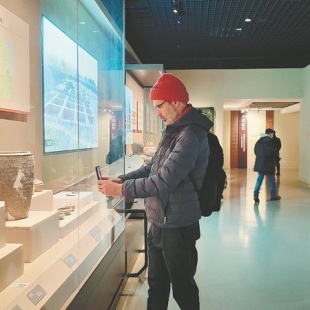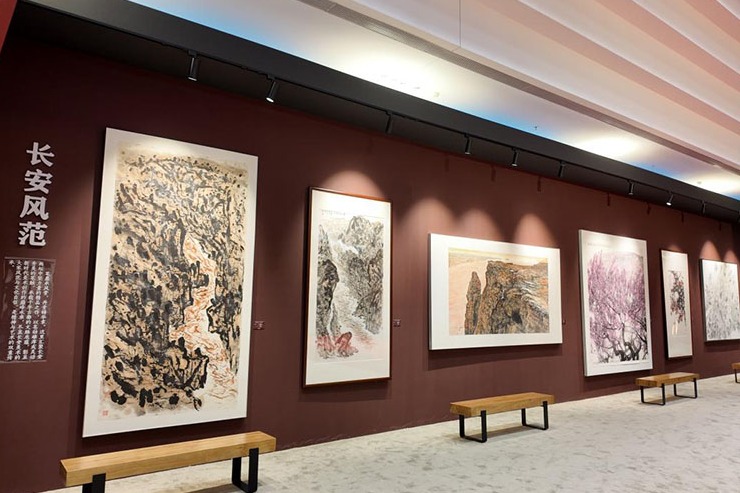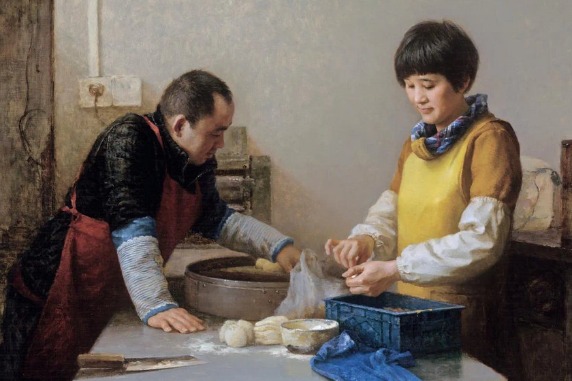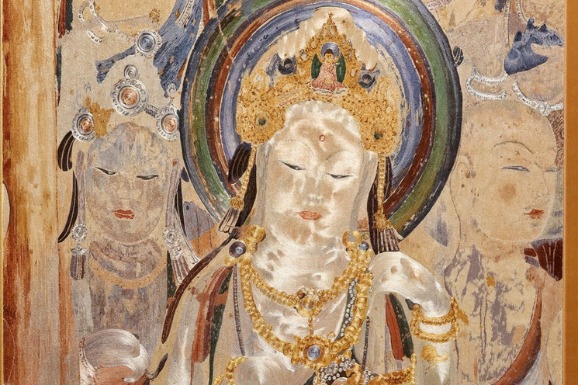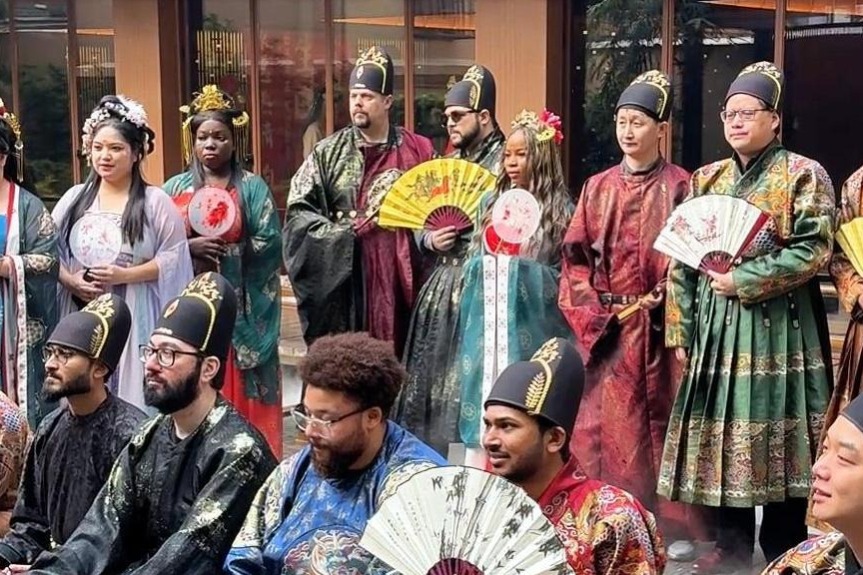As old as the weather

Rainy days
For example, the Yangshao people dating back 5,000 to 7,000 years in Zhengzhou, Henan province, were challenged by, and responded to, climate change in the Holocene epoch.
According to Liu Qingbin, a researcher at the Zhengzhou Institute of Cultural Relics and Archaeology, there was a period of continuously high temperatures and abundant rainfall worldwide during the Holocene from 8,000 to 3,500 years ago. The heat and precipitation peaked from 7,000 to 5,000 years ago, when the Yangshao people lived in what is now China's Central Plains, including Zhengzhou.
"Archaeological studies show the Yangshao people adopted multiple strategies to adapt to the climate," says Liu.
The Yangshao settlements in Zhengzhou were mostly in mountainous areas in the west of the city, occupying higher terrain instead of the plains in the east. The handful that were on the plains were on hillocks.
Liu says this was probably to avoid flooding, given the copious rain.
Also, most of the settlements were surrounded by large moats that facilitated water drainage. Some had two or three layers of moats, says Liu.
For example, the Shuanghuaishu site in Gongyi, Zhengzhou, hosts the ruins of a huge city dating back 5,300 years, with three layers of moats. Studies of their sediment reveal distinctive water-flow characteristics.
"This means that although the moats served the function of military defense, in daily life, they were used to store and drain water," says Liu.
During the Yangshao period, buildings were often made of mud and suspended atop wooden beams. This construction format offered protection from moisture and pests, and was suited to hot and rainy places, he says.
He also mentions that people fired the exteriors of the earthen houses at the Dahecun site in Zhengzhou, dating back 6,800 to 3,500 years, to make them water-resistant.
Also, rice has been found in many Yangshao settlements in Zhengzhou, although Zhengzhou is located in a relatively dry area, where millet would otherwise be the main crop. Scholars infer the Yangshao people adjusted their crop composition to include rice, which typically grows in warm and wet places, besides millet.
Such adaptations enabled the Yangshao people to thrive and their culture to contribute to the origin of Chinese civilization, Liu says.


